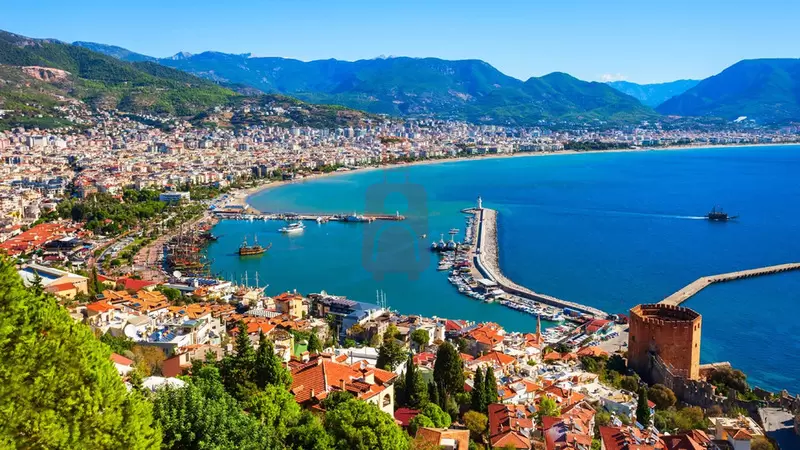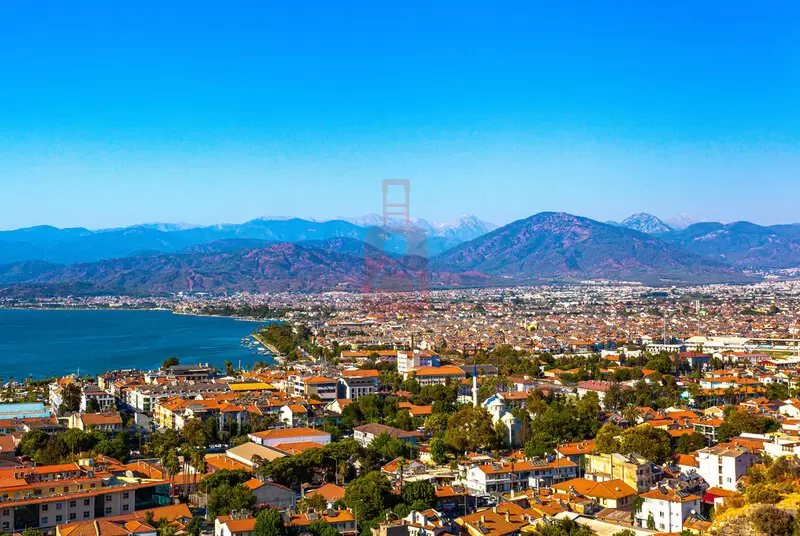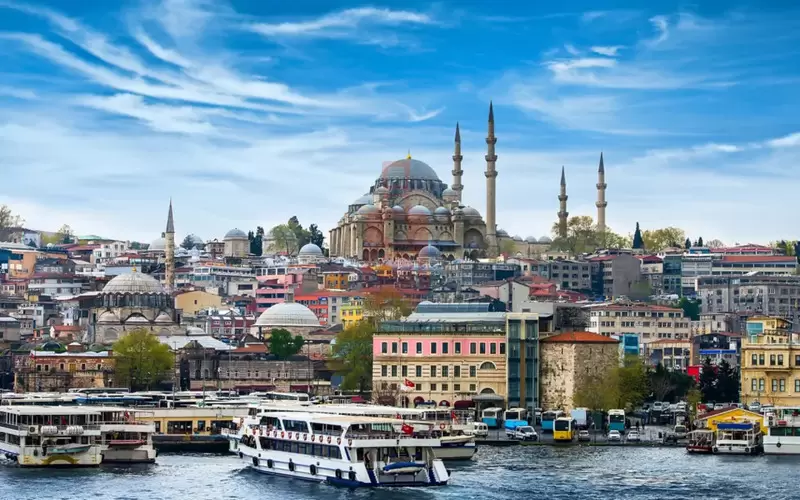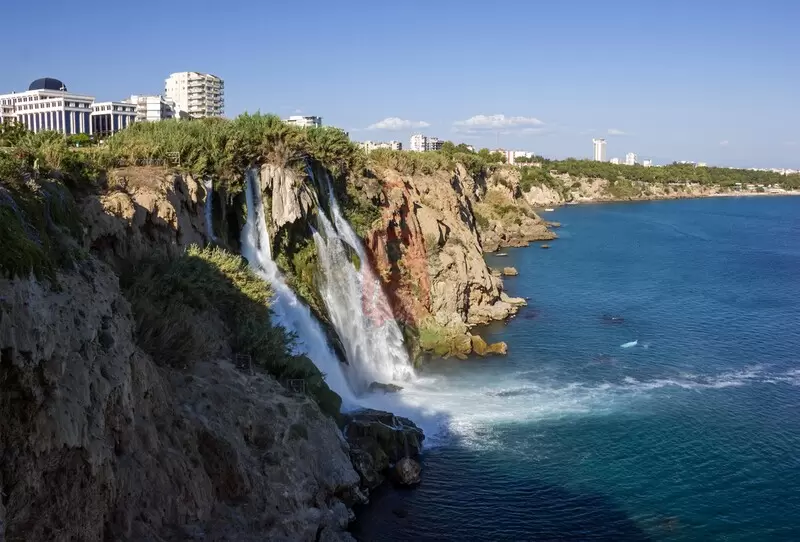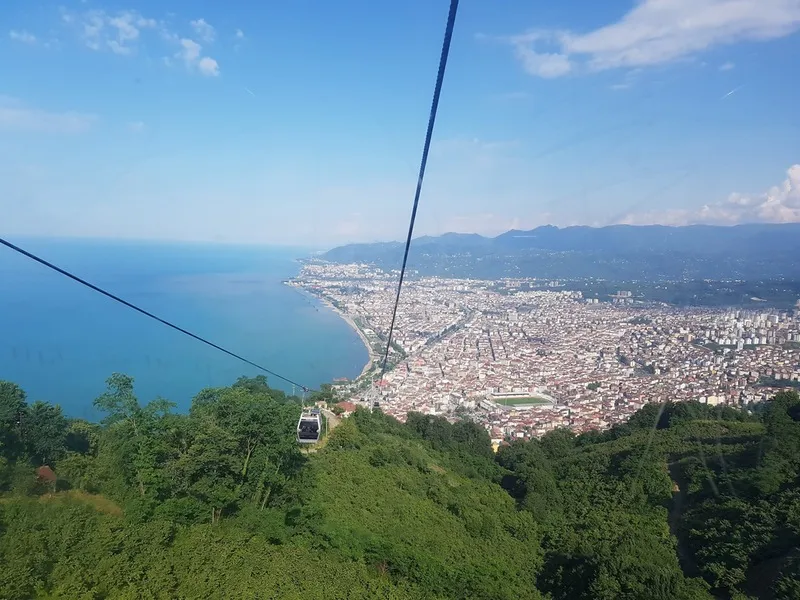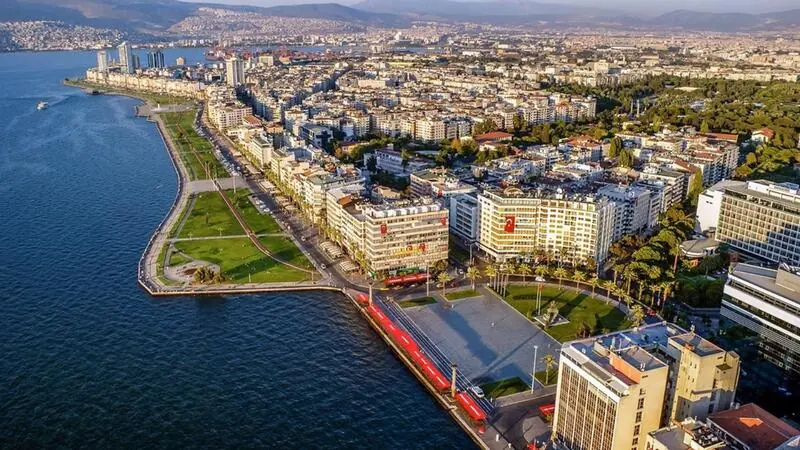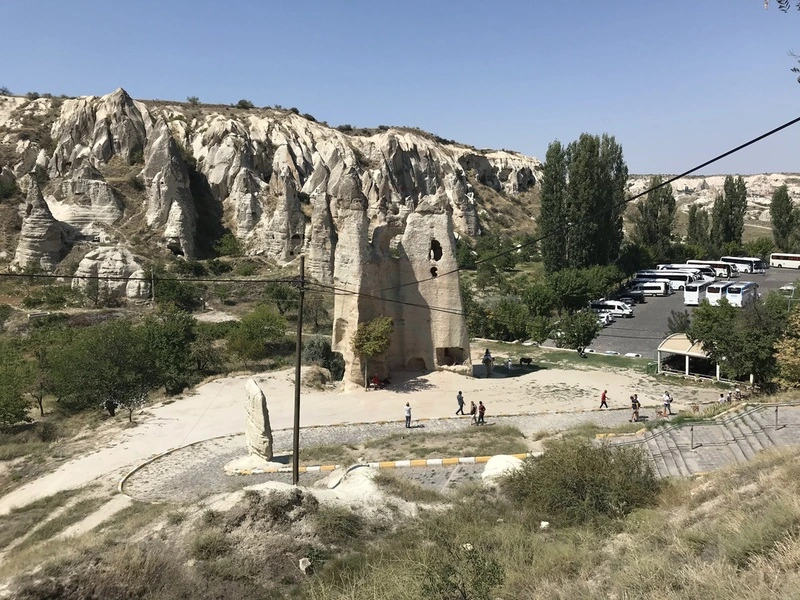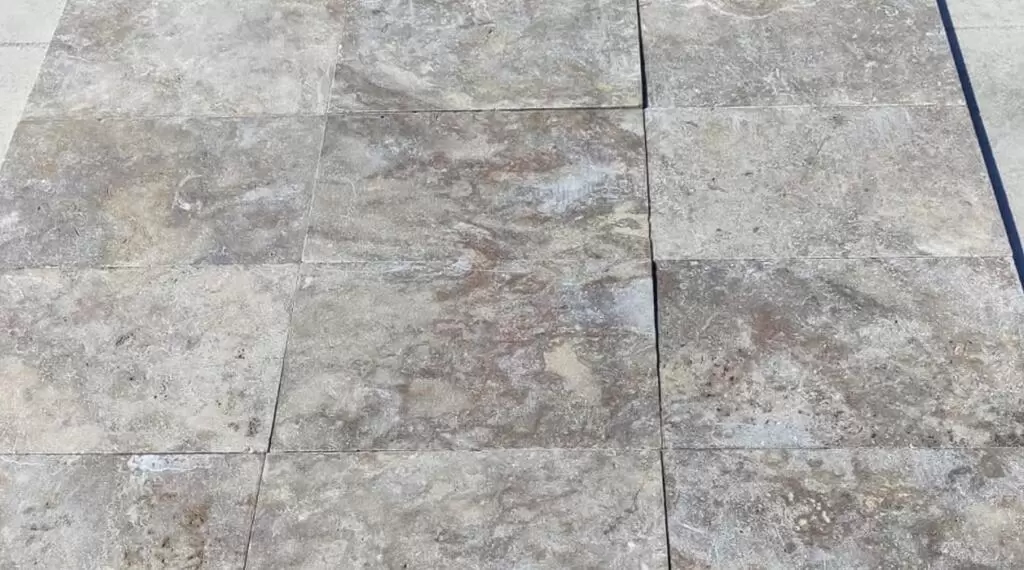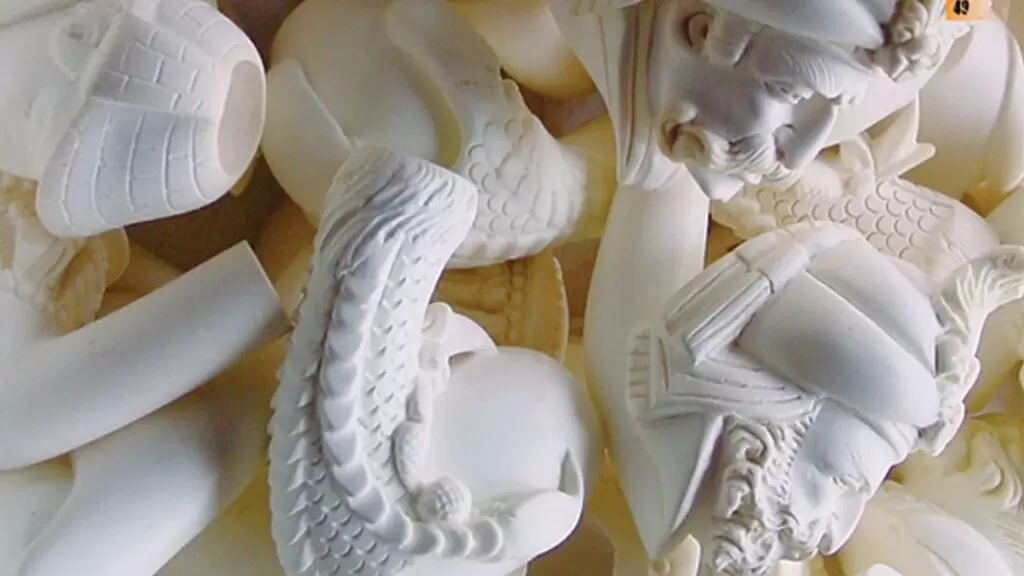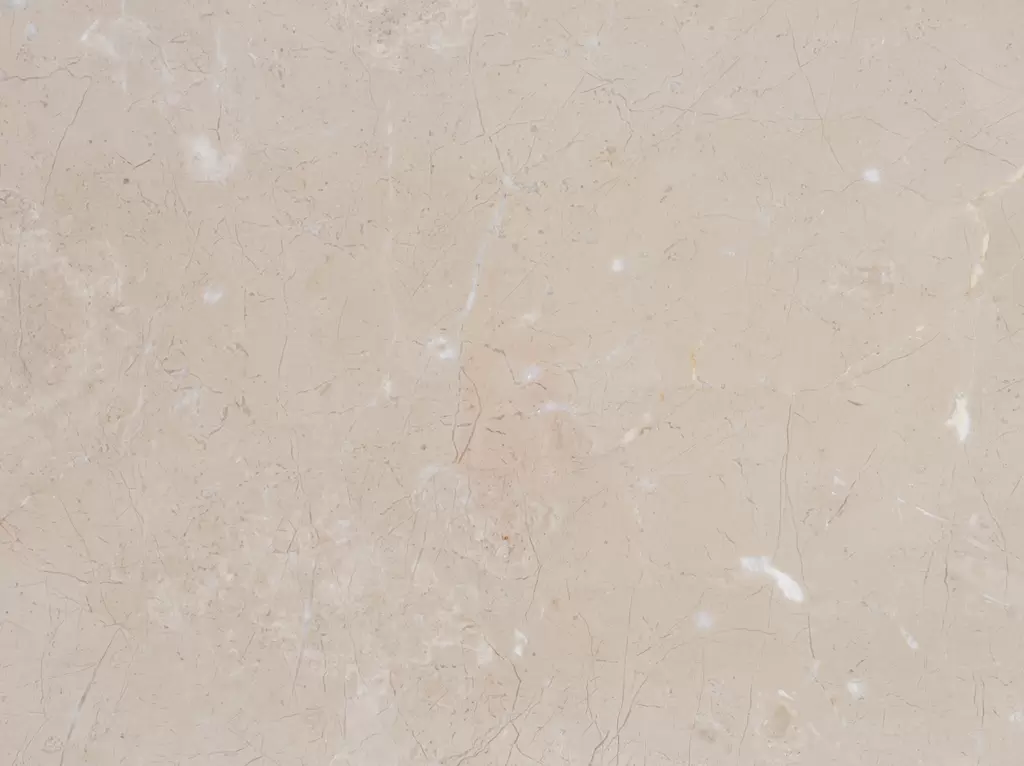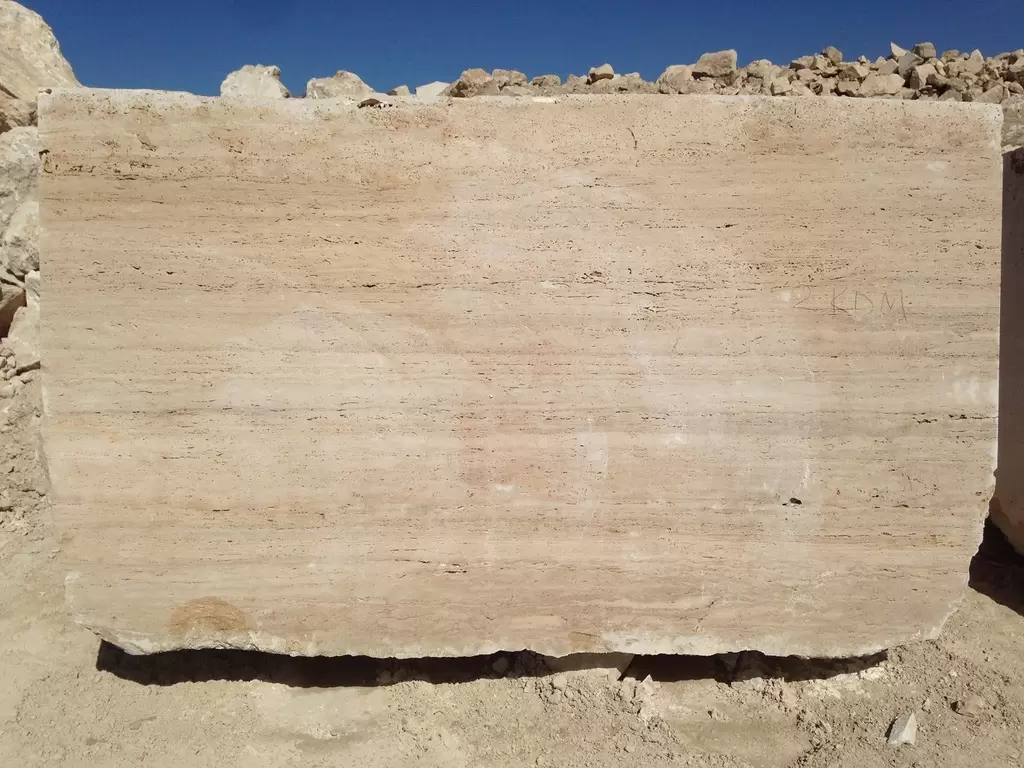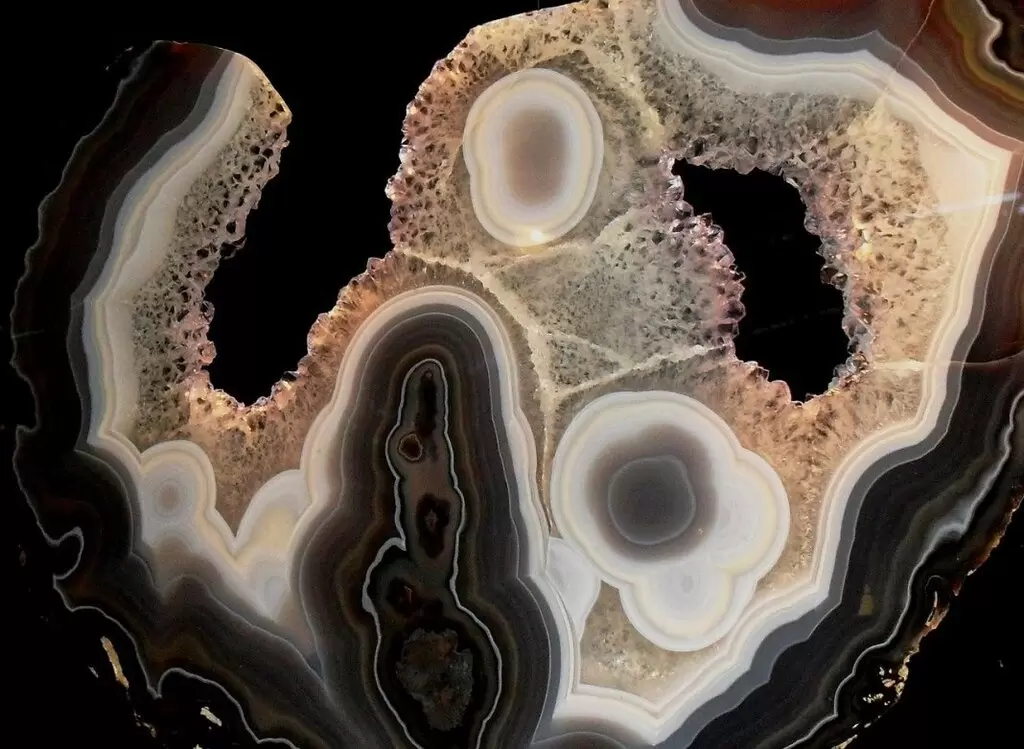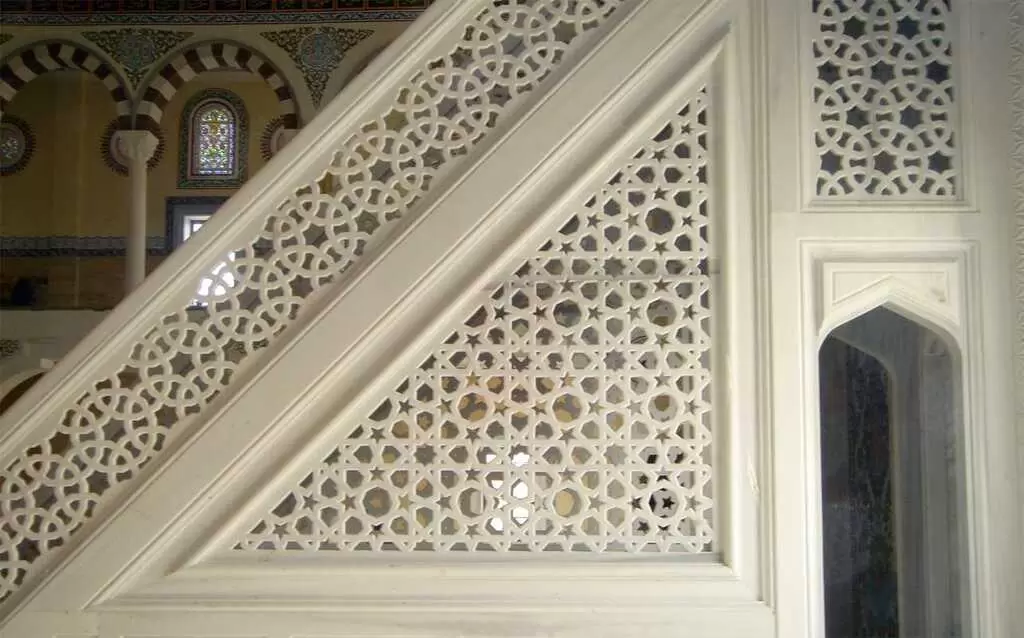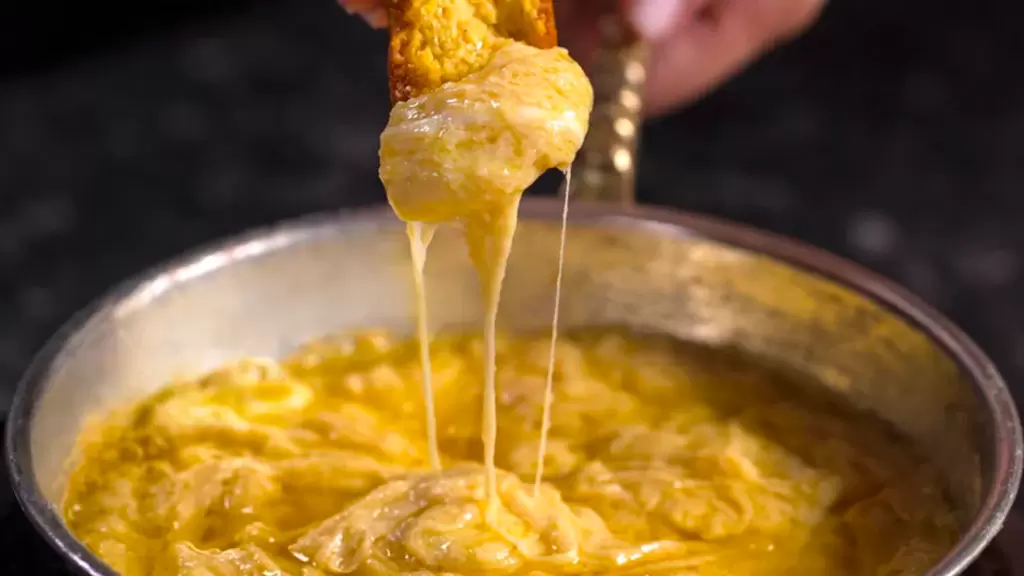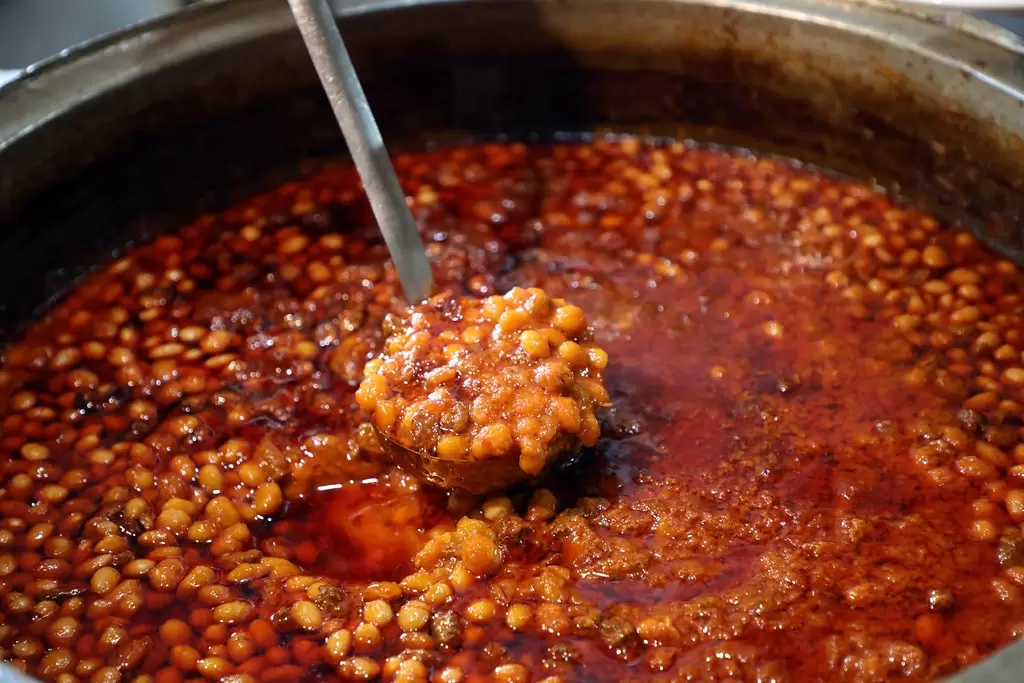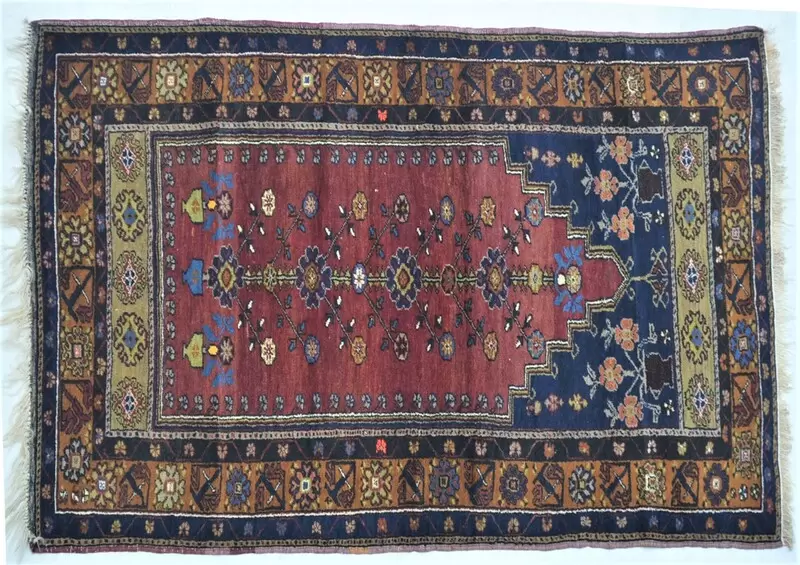
Yahyalı Handmade Carpet: Detailed Information with Distinctive Features
The Yahyalı Handmade Carpet is a cultural heritage of Kayseri’s Yahyalı district, with roots tracing back approximately 250 years. Renowned for its exceptional quality, vibrant colors, and intricate motifs, the carpet embodies the rich cultural and natural heritage of the region. Yahyalı carpets are an enduring symbol of the district’s artisanal traditions and historical legacy.
Historical Background
Yahyalı’s tradition of carpet weaving dates back to the 18th century. The craft flourished in the region due to its geographical and cultural characteristics, serving as an essential source of livelihood for the local community. In the past, residents of Yahyalı engaged in seasonal nomadic practices, which included summer grazing in the Toros Mountains and winter weaving in their villages. This lifestyle contributed significantly to the unique materials and designs of Yahyalı carpets.
Materials and Production
Yahyalı Handmade Carpets are woven entirely from high-quality wool. The wool is sourced from sheep grazing on the high-altitude pastures of the Toros Mountains. These sheep produce wool that is both glossy and resilient, enhancing the carpet's durability and aesthetic appeal. The preparation process involves cleaning, spinning, and dyeing the wool using natural dyes derived from local plants, fruits, and roots. This traditional dyeing process not only ensures vibrant and enduring colors but also highlights the ecological harmony of the production.
Distinctive Features
-
Color Palette: Yahyalı carpets are distinguished by their dominant use of deep red, navy blue, brown, and other earthy tones. Subtle accents of white, yellow, and green are added for contrast. These colors reflect the region’s karasal (continental) climate and rugged natural landscape.
-
Motifs and Patterns: The designs incorporate a combination of geometric and stylized floral motifs, often arranged in a "corner-and-center" pattern. The borders frequently feature depictions of natural landscapes, buildings, and mythological symbols. These motifs reflect the cultural and spiritual beliefs of the Yahyalı community.
-
Material and Texture: Every component of the carpet, including the warp, weft, and pile, is made from wool. This ensures a soft texture and remarkable resilience. The tight weave and firm knots provide longevity and a dense, luxurious feel.
-
Cultural Significance: Each carpet carries a narrative, with motifs symbolizing concepts such as fertility, prosperity, and protection. These symbolic designs preserve the cultural memory and identity of Yahyalı’s people, making each carpet a work of art.
-
Craftsmanship: Creating a Yahyalı carpet requires significant skill and patience. The weaving process, which is entirely manual, demands a deep understanding of design, color harmony, and knotting techniques. The artisans pass these skills down through generations, maintaining the integrity of the craft.
Usage and Versatility
Yahyalı Handmade Carpets are versatile in their applications. They are used as floor coverings, wall hangings, and decorative pieces in homes. Their intricate designs and durable nature also make them a popular choice for cultural exhibitions and traditional celebrations.
Connection to the Region
The unique qualities of Yahyalı carpets are deeply tied to the region’s environmental and cultural characteristics. The local flora used for dyes, the climate conducive to sheep farming, and the artistic traditions of the Yahyalı community contribute to the carpets’ unmatched quality and distinctiveness.
Preservation and Modern Relevance
Efforts to preserve the tradition of Yahyalı carpet weaving include organizing workshops, promoting local artisans, and integrating these carpets into contemporary interior design. This ensures that the craft remains relevant while honoring its historical and cultural roots.
The Yahyalı Handmade Carpet is more than just a product; it is a tangible representation of history, artistry, and the connection between humans and nature, making it a prized possession for collectors and cultural enthusiasts worldwide.
